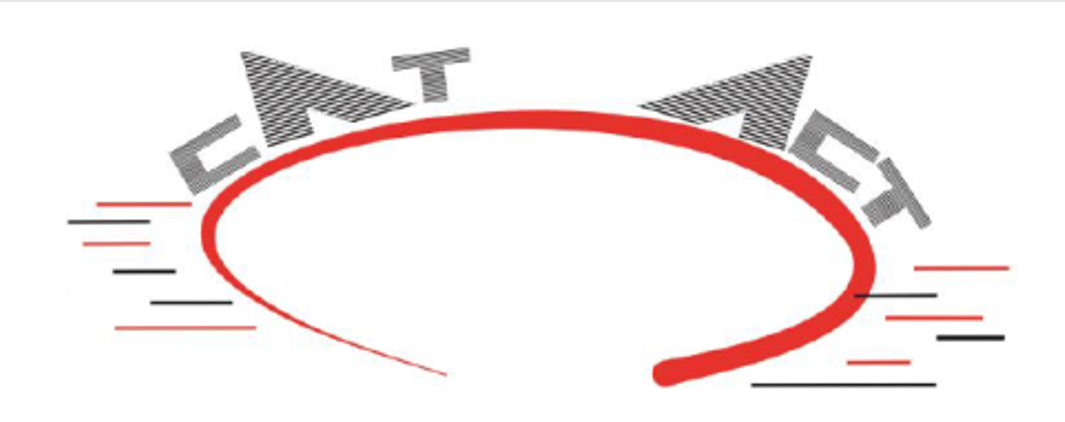Shining X-rays on Catalysts
Synchrotron radiation based techniques have evolved as key speciation methods in catalysis research. They act as a basis for a rational design of heterogeneous catalysts. Knowledge of oxidation state and coordination environment of the catalytically active centers, nanoparticle morphology etc. contributed significantly to a deeper understanding of heterogeneously catalyzed reactions and serves today as a basis for first-principles kinetic modeling. At KIT, ITCP and IKFT form the cluster of catalysis research providing the knowhow of modern catalysis science using X-rays based methods. Team members are experts in synthesis, laboratory and advanced characterization. They are supported by the team in theoretical modelling and simulation.
In-situ and operando X-ray based characterization techniques became essential for catalysis studies since real catalysts revealed their complex dynamics which can only be traced during the reaction. The reaction conditions close to the industrial ones must be realized in small-scale labor environments to shining light on the behavior of working catalysts. The infrastructure for such high level knowledge-based research is a key issue.
The design of the CAT-ACT beamline at the KIT Light Source places emphasis on in situ X-ray Absorption Spectroscopy (XAS) in terms of X-ray Absorption Near Edge Structure (XANES) and Extended X-ray Absorption Fine Structure spectroscopy (EXAFS). This covers a photon energy range from 5 keV up to 60 keV. These techniques are combined with X-Ray Diffraction (XRD), Infrared Spectroscopy and other correlative spectroscopic methods. Special infrastructure for catalytic studies under reaction conditions in gas phase, liquid phase and at elevated pressure has been or is currently being built up.
The catalytic setups are built in such a manner that they can be transferred to other synchrotrons, such as DESY, SLS, ERSF or Soleil. There, complimentary methods like high time or/ and space resolved XAS/XRD, MES, HRXAS and XES can be applied. Additionally, high resolution imaging on different scales are a part of the characterization toolkit at KIT. Operando setups have are already been developed and approved for microscopy, tomography and ptychography at DESY, DIAMOND and ERSF.
More soon

